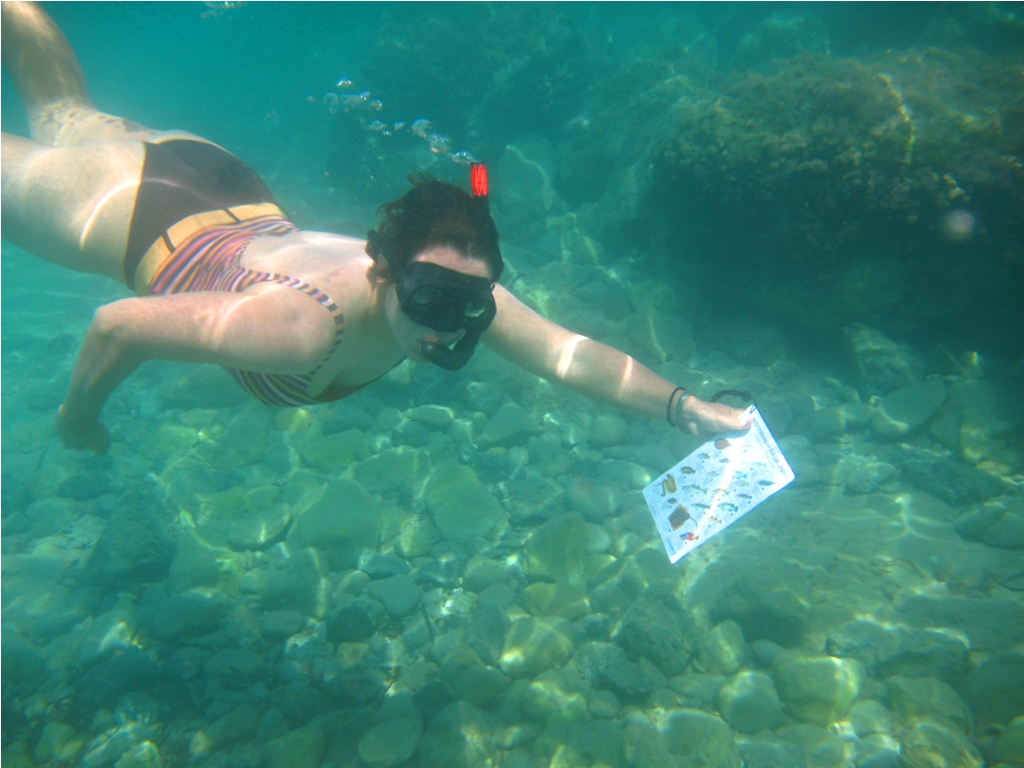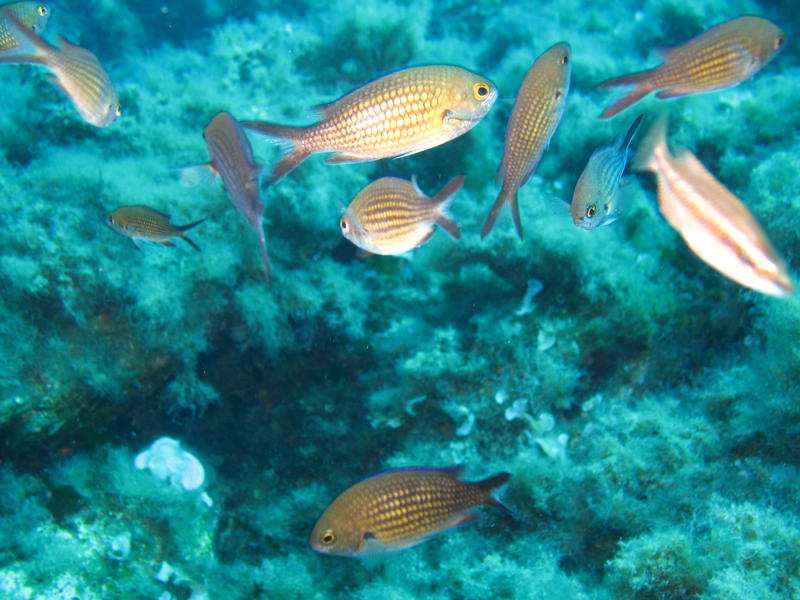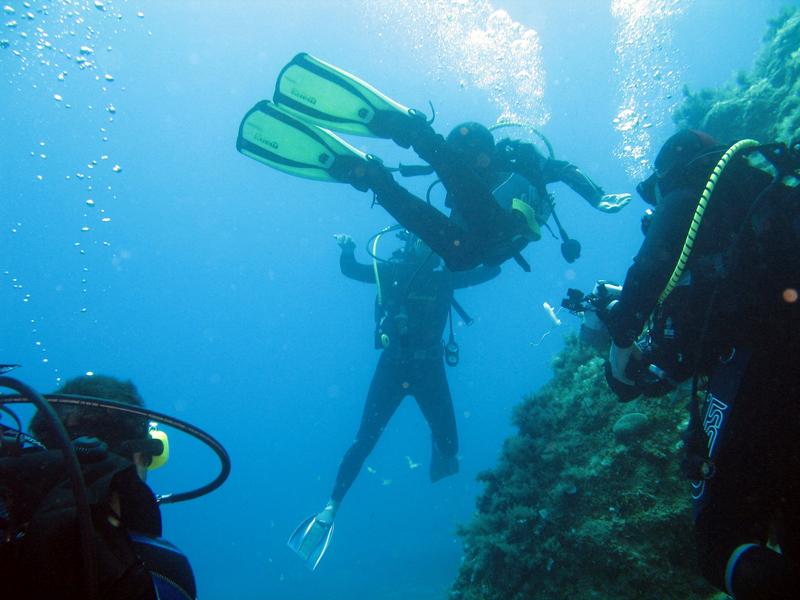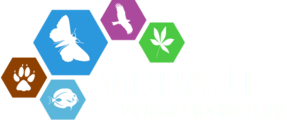Citizen science
Christos Arvanitidis & Sarah Faulwetter (HCMR)
|
KEY RESOURCES |
|---|
| Join the community of naturalist divers |
The need for a citizen scientists approach in marine biodiversity:
Most biodiversity information and data are collected in the framework of comparatively short-term research and monitoring projects, producing datasets that are predominately discontinuous or unevenly spread, geographically, temporally or ecologically. The latter is most obvious in marine biodiversity data where the costs are many times higher than for terrestrial cases, due to the diverse and expensive access issues and the need for specific sampling gear. If the decreasing trend in the numbers of professional taxonomists is considered, then only the development and mobilisation of citizen scientist networks seems to offer a sound and sustainable solution to continued biodiversity data-gathering.
Although several international projects targeted at continuous data collection from specific habitats have been launched in the last couple of decades, such as the NaGISA project (National Geography in Shore Areas), the implementation of citizen science in the marine environment currently faces two difficulties:
-
only the tidal zone can be approached by all citizens, and
-
the maximal depth safely reachable by recreational SCUBA divers is limited to 40 m.
Basic concept and design of the COMBER (Scratchpads) modules:
The COMBER pilot project attempts to address the problem by engaging the broader community in marine biodiversity research data and information collection. This pilot project taps into a suite of developments aimed at supporting virtual research communities in biodiversity science.
COMBER aims to engage citizen scientists, that is, those interested in coastal marine biodiversity and willing to participate in an observation network. It is currently operating in the Cretan Sea and Southern Aegean (Greece) with the potential to expand to the whole Mediterranean basin or any other recreational diving area. The basic characteristics of this pilot project are:
-
a web site that functions as the main communication and promotion vehicle of the network, offering data-entry tools for collecting information that, at a later stage, are channeled to large data aggregators (e.g. GBIF) and publication media (e.g. PENSOFT);
-
a well-defined scientific hypothesis which has been formulated to be tested with the collected data;
-
a focus on fish species;
-
a suite of tools, such as a waterproof identification guide, on-the-spot professional introductory lectures, underwater training, and demonstration of web site usage as well as data entry which are used to facilitate in vivo identifications by participating divers;
-
collaboration with two commercial diving centres in order to ensure operational safety and to explore the market development potential for the sustainable continuation of the initiative;
-
exploration of new services and tools to enhance the SCUBA diving and snorkelling services which are targeted towards the tourism industry.
Like Scratchpads, COMBER uses Drupal to perform all underlying functionality of the system. This allows full interoperability with Scratchpads and ViBRANT platform which are based on the same software. Many elements of the site, such as user management, profile creation, image galleries and discussion fora, have been created using built-in features or readily available Drupal modules.
 |
 |
 |
|
COMBER - Dive Observe Record Share www.comber.hcmr.gr |
||
Functioning of the modules and their operation in the citizen science network:
The web site has a simple and flexible structure. On the front page the user is prompted to log in, in order to make use of the special features and options of the site. Users can also log into the site with their Facebook account, a valuable feature to promote the registration process. On the front page, information on various aspects of the COMBER project, such as a brief message on the concept and operation of the project, is also published. The top menu provides additional information on the project, including:
- news;
- answers to the potential “what”, “where”, “how” and “why” type of questions;
- ways in which the user can participate to the project;
- photos of the most common fish species in the Mediterranean coastal habitats;
- links with the activities of other projects and initiatives;
- a forum page, where the user may find discussions on various topics of local interest.
As soon as the user logs into the web page a new menu, on the left, opens offering options for the user:
- to see and edit their profile (“My profile”);
- an overview, with an “edit” option, to their dives (“My dives”);
- a form to submit information on a new (recent) dive, not yet registered on the COMBER's system (“Submit a new observation”);
- to provide information on their experience (“Comment your experience”), although this information is supposed to be submitted only once there is an “edit” option;
- to have an overview of the top contributors along with their accreditation (number of stars, see below) automatically provided by the COMBER system (“Top contributors”).
Registered users can continue to contribute data after participation in the seminars, use the diving log to keep track of their dives and species observations, upload photos of fish species and discuss various topics in the fora. A competitive element is introduced by a five-star ranking system indicating the activity level of the user: the more dives with fish observations are contributed to the system, the higher the user ranks in a “Top contributors” list, thus providing a playful incentive.
Recreational divers that participated in the COMBER initiative uploaded more than two thousand fish species records over the functioning of the project of this first year.
A paper describing the design, current, and future implementation of the project has been published in Zookeys: doi: 10.3897/zookeys.150.2149.
Future plans:
GBIF (Global Biodiversity Information Facility) has initiated a community driven project called the ‘Nodes Portal Toolkit’ (NPT) that should enable communities to deploy, maintain, and extend biodiversity data portals. The platform will also allow community development of new modules with extended functionalities. The initial implementation of the NPT will be built around Scratchpads, linking well with developments in ViBRANT platform. A second version will have extended functionalities modelled on the OBIS data portal. COMBER is expected to be integrated with both ViBRANT and the NPT, offering interested parties a ready-made installation file allowing them to set up and deploy their own citizen-science portals without prior technical knowledge or an on-line application form for a site hosted by the ViBRANT consortium.
From a research perspective, after data cleaning, the data are available for use (and re-use) in testing the hypothesis that data collected by recreational divers are suitable for biodiversity monitoring. Recent biodiversity measures, based on species relatedness such as the taxonomic distinctness, provide the concept to formulate and test the hypothesis.
COMBER will run over the next year of the project, specifically over the high-activity summer months, after which its cost effectiveness and sustainability will be evaluated.







